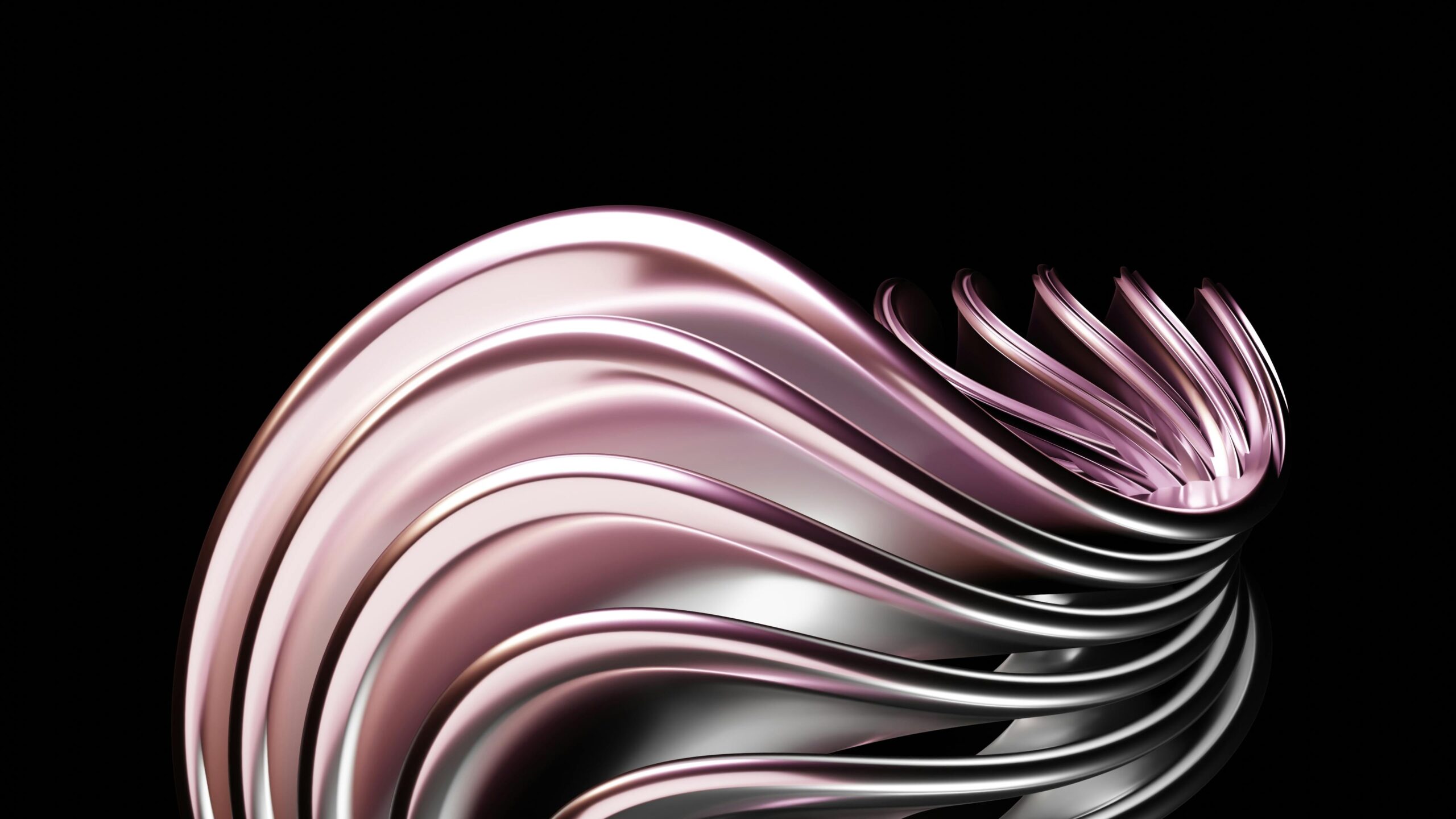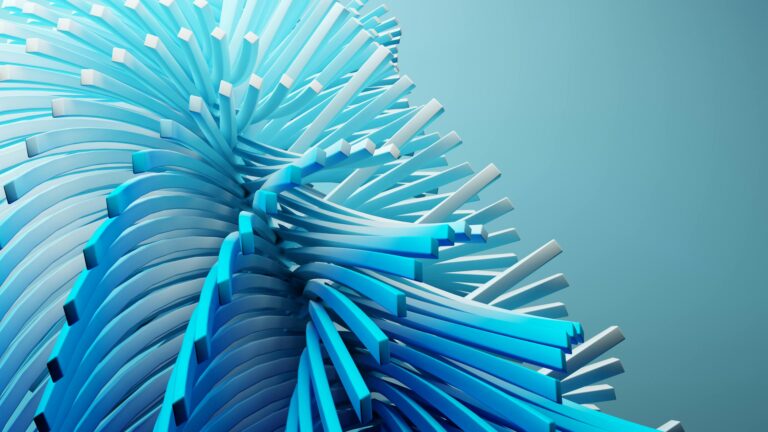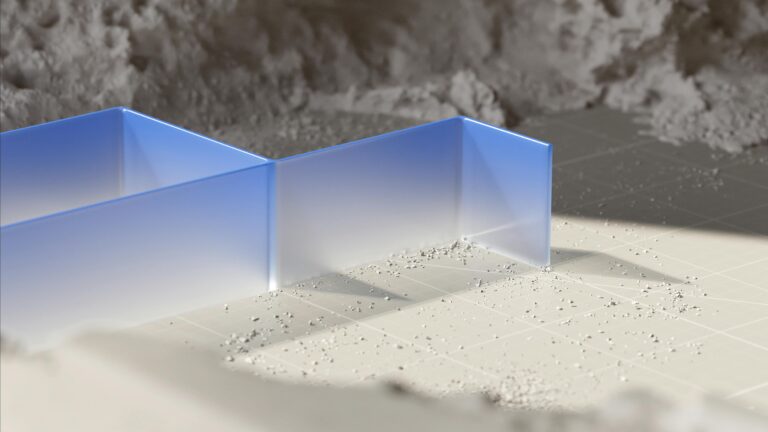The State of Image Optimization in 2025: A Plugin-Free Approach
Welcome to the future of website speed and user experience! In 2025, image optimization isn’t just a nice-to-have; it’s a critical component of any successful website. The demand for fast-loading, visually rich experiences continues to grow, pushing the boundaries of what’s possible with native web technologies. At CopyElement, we believe in building stunning Elementor websites without the bloat of unnecessary plugins. This guide will equip you with the knowledge and techniques to achieve peak image optimization performance, all without relying on external plugins.
<picture> Perfect: Mastering Responsive Images for Every Screen
The <picture> element is your secret weapon for delivering the perfect image, no matter the device. Forget resizing images manually! This HTML tag allows you to define multiple image sources based on screen size, resolution, and even browser capabilities. Implementing <picture> is easier than you think. By using media queries within the <source> elements, you can serve smaller, optimized images to mobile users while showcasing high-resolution versions on larger screens. This drastically reduces page load times on mobile, improving user experience and SEO.
Example:
<picture>
<source media="(max-width: 768px)" srcset="image-small.jpg">
<source media="(max-width: 1200px)" srcset="image-medium.jpg">
<img src="image-large.jpg" alt="Descriptive alt text">
</picture>
Lazy Loading: Images That Appear Just in Time
Lazy loading is a game-changer for perceived performance. Instead of loading all images at once, lazy loading defers the loading of off-screen images until they’re about to enter the viewport. This significantly reduces initial page load time and conserves bandwidth, especially on image-heavy pages. Modern browsers natively support lazy loading with the `loading=”lazy”` attribute. Adding this simple attribute to your <img> tags instantly improves your website’s performance.
Example:
<img src="image.jpg" alt="Description" loading="lazy">
Next-Gen Image Formats: AVIF and WebP for Superior Compression
JPEG and PNG are outdated! Embrace the future with next-generation image formats like AVIF and WebP. These formats offer superior compression capabilities, resulting in smaller file sizes without sacrificing image quality. WebP is widely supported across modern browsers, while AVIF is rapidly gaining traction. Elementor users can easily implement these formats by converting their images and serving them using the <picture> element to provide fallback options for older browsers. Convert your images using online tools or command-line utilities, and watch your website’s performance soar.
Serving WebP with Fallback:
<picture>
<source srcset="image.webp" type="image/webp">
<img src="image.jpg" alt="Description">
</picture>
CSS Image Optimization: Leveraging Background Images for Performance
Background images can be performance bottlenecks if not handled correctly. When using background images, optimize the image size and format like any other image. CSS sprites, while less common now, can still be useful for combining small, frequently used icons into a single image file, reducing HTTP requests. Additionally, using CSS to control image sizing and positioning can prevent unnecessary image resizing by the browser, further improving performance.
Content Delivery Networks (CDNs): Globally Distribute Your Images
While this guide focuses on plugin-free optimization, utilizing a CDN is a crucial step for global performance. CDNs store your images on servers around the world, delivering them to users from the nearest location. This drastically reduces latency and ensures fast loading times for visitors regardless of their geographic location. Many hosting providers offer built-in CDN solutions, making implementation seamless.
The Power of Elementor’s Native Features
Elementor itself offers several features that contribute to image optimization. Utilize Elementor’s built-in image sizing options to ensure images are displayed at the correct resolution. Leverage Elementor’s global settings to define default image optimization settings across your entire website. By carefully configuring Elementor’s native features, you can significantly improve image performance without relying on extra plugins. Remember that choosing the right image size in Elementor is crucial. Displaying a 2000px wide image in a 500px container wastes resources and slows down your page.
Regular Audits and Ongoing Optimization
Image optimization is not a one-time task. Regularly audit your website’s image performance using tools like Google PageSpeed Insights and GTmetrix. Identify opportunities for further optimization, such as compressing images even further or switching to more efficient image formats. By continuously monitoring and optimizing your images, you can ensure your website remains fast and user-friendly in the ever-evolving digital landscape. Remember to check alt text, file sizes, and ensure proper implementation of lazy loading as your site evolves.
Conclusion: Building a Faster, More Efficient Website with CopyElement
By implementing these plugin-free image optimization techniques, you can significantly improve your website’s performance, user experience, and SEO. At CopyElement, we’re committed to providing you with the tools and knowledge to build stunning Elementor websites faster and more efficiently. Stay tuned for more expert insights on website performance, design trends, and business growth, all focused on simplifying your workflow without the need for extra plugins. Embrace the future of web development with CopyElement!







